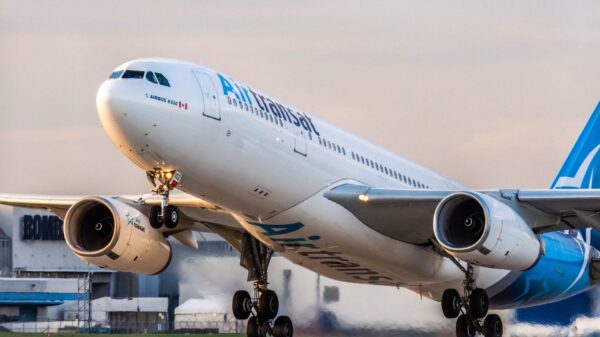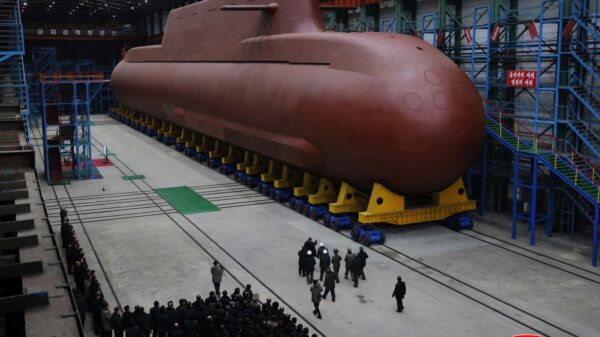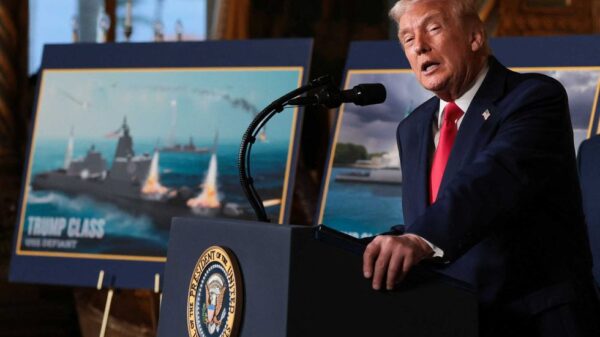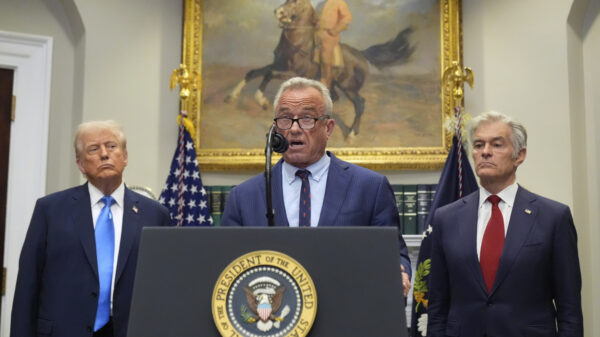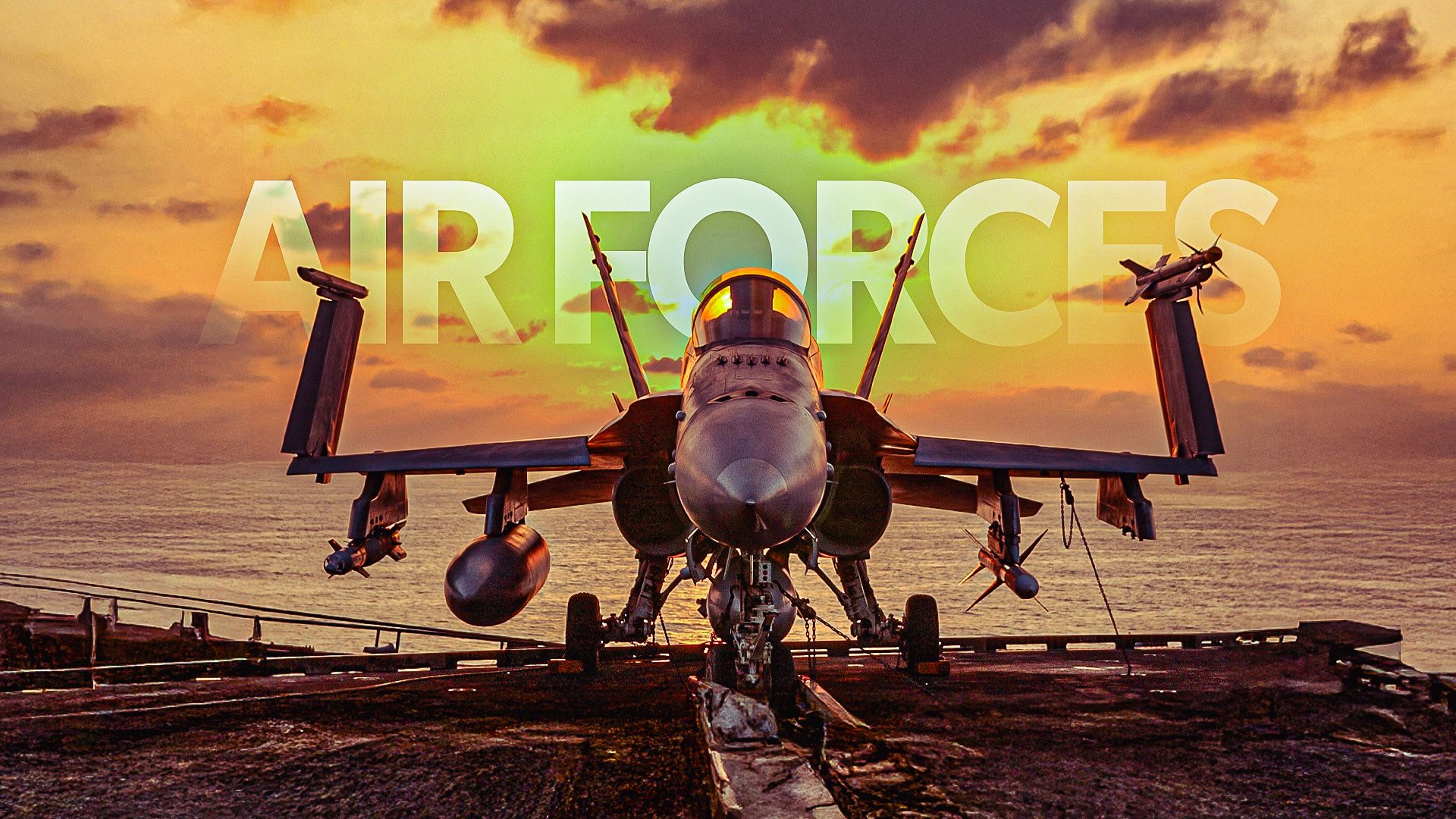The global landscape of air power is shifting as nations bolster their fighter jet fleets. The United States maintains a significant lead with a total of 2,651 fighters, but other countries are rapidly modernizing and expanding their capabilities. Recent data from the World Population Review highlights varying recruitment challenges and evolving military strategies, particularly in Russia and China, while Japan and India are making strides in their respective air forces.
Japan: A Growing Air Defense Force
The Japan Air Self-Defense Force (JASDF) operates an impressive fleet of 253 fighters. This force includes advanced aircraft such as the F-35A Lightning II, which is set to play a crucial role in Japan’s defense strategy. With 147 F-35s delivered or on order, Japan stands as the largest operator of this stealth aircraft outside the United States.
The JASDF’s fighter inventory also features the indigenous Mitsubishi F-2 and the venerable Mitsubishi F-15J. While the F-35A represents the cutting edge of air defense technology, the F-15J continues to be a formidable presence due to its proven performance and ongoing modernization efforts. Japan’s commitment to military enhancements includes plans to acquire the carrier-capable F-35B, which will operate from the helicopter carrier Izumo.
India: Diversified and Modernizing
India’s air power comprises 578 fighters, showcasing a diverse mix of aircraft from various origins. The fleet combines Russian designs such as the Sukhoi Su-30MKI and Mikoyan MiG-29 with Western models like the Dassault Rafale and domestic creations such as the HAL Tejas. Following recent conflicts, the Indian Air Force (IAF) is accelerating its modernization efforts, focusing on enhancing indigenous capabilities.
The Tejas Mark 1A is central to India’s future strategy, intended to replace aging MiG-21s. The IAF is also exploring options to expand its fleet with additional Rafale fighters and is considering Lockheed Martin’s proposal to establish a production line for the F-21. These enhancements aim to fortify India’s air defense and operational effectiveness.
Russia: Challenges Amidst Large Numbers
Russia hosts one of the world’s largest fighter fleets with 1,147 fighters. However, the ongoing conflict in Ukraine has exposed vulnerabilities in its operational effectiveness. Advanced aircraft like the Sukhoi Su-57 are not yet fully integrated into combat roles, while the more numerous Sukhoi Su-30 and Sukhoi Su-34 bear the burden of current operations.
The conflict has prompted adaptations in Russian air tactics, with increased reliance on long-range strikes rather than deep air support missions. Additionally, sanctions have hindered production capabilities, exacerbating challenges in maintaining a fully operational fleet. The Russian Aerospace Force, comprising around 170,000 personnel, continues to adapt to these pressures while striving to maintain its status as a formidable military power.
China: Rapid Expansion of the PLAAF
China’s People’s Liberation Army Air Force (PLAAF) fields an impressive 2,157 fighters, demonstrating rapid growth and modernization. The centerpiece of this fleet is the J-20, a stealth fighter designed to compete with the United States’ F-22 Raptor. While the J-20’s capabilities are still being evaluated, its increasing presence reflects China’s ambition to develop advanced military technologies.
China’s fighter inventory includes a mix of indigenous designs and adaptations of Russian models, such as the J-10 and J-11. The ongoing development of naval aviation assets, including the induction of new aircraft carriers, further enhances the capabilities of the PLAAF. This strategic expansion signals China’s intent to project power beyond its borders.
In summary, the landscape of global air power is evolving. While the United States retains a numerical advantage with its fighter fleet, nations like Japan, India, Russia, and China are actively modernizing and expanding their capabilities. The dynamics of international military strength continue to shift, with implications for global security and defense strategies.






